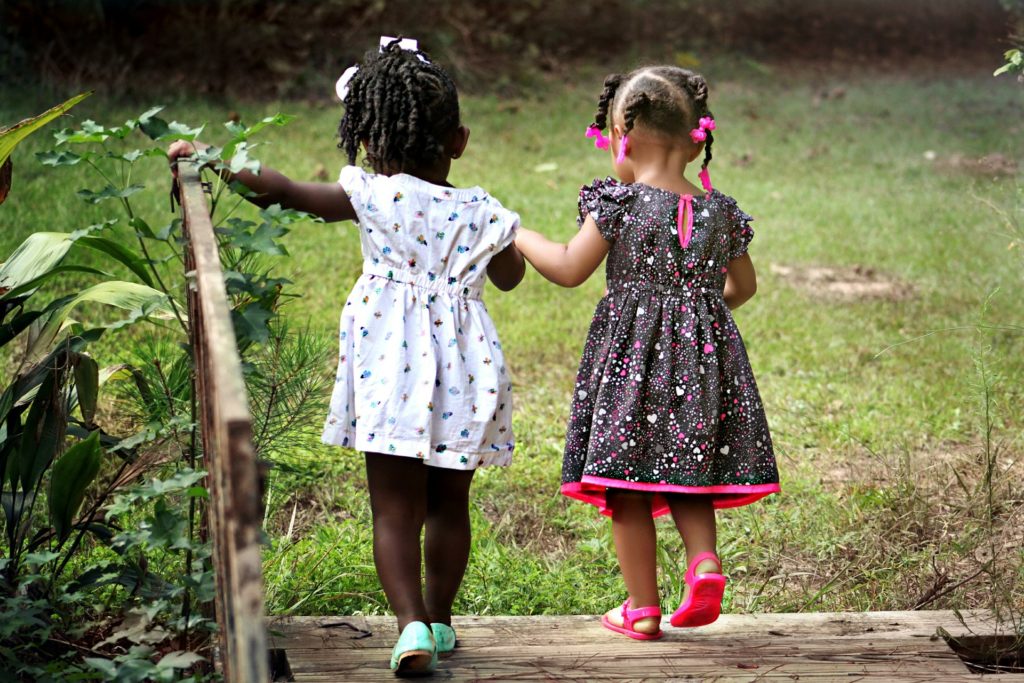Children with Covid-19 spend an average of three days in hospital, while the average for adults is eight days, or more than twice as long, a new report by the Sciensano public health institute shows.
Moreover, children make up only 1.6 percent of the total number of hospitalised patients, while they represent 3 percent of confirmed cases.
Sciensano brought together lab data, school data and information from hospital admissions to gain a better understanding of the impact of the new coronavirus on children.
The study period ran from 15 March to 28 June. At that time a total of 1,511 children were reported with a positive covid-19 test.
The number of confirmed cases in children, therefore, is low. Children are tested less, but even if they were tested in the period studied, the result was less often positive than in adults (1.8% versus 6.3).
Related News
- Large families should wear face masks indoors, Brussels doctors argue
- Coronavirus: saliva tests in schools could help detect student 'super spreaders'
- Children more often get coronavirus at home than at school, Belgian study confirms
The number of confirmed cases in children accounted for 3 percent of the total number of infections. Children were responsible for 1.6% of the number of hospitalisations. More than 80% of those hospitalisations were without serious complications.
Remarkably, however, children under 3 months represented a large proportion of hospitalisations in children. "This is probably explained by the fact that fever in these young children is an alarm signal that quickly leads to the performance of a diagnostic test and the fact that a positive test in this age group generates more anxiety,” the report said.
Of the Belgian hospitalised children, 3% ended up in intensive care, while a large European study spoke of 8%. Here, too, Sciensano sees a possible logical explanation, because unlike the Belgian study, the European study mainly took into account input from specialised paediatric hospitals, “as a result of which the hospital population described in that study was possibly more seriously ill.”
With regard to the number of Covid-19 cases in schools, Sciensano knows of 378 infections (270 in pupils and 108 in staff). A 'limited number' of secondary cases were reported: 11 staff members and 36 pupils were suspected of being infected after contact at school. Of course, distance learning was the rule during the period under investigation, especially in secondary education.
There is still discussion about the extent to which children contribute to the spread of the virus, according to Sciensano. Foreign studies show that children seldom introduce the disease into their households and do not often pass on the virus at school, but on the other hand, a secondary school in Israel has a major outbreak with 153 infected pupils and 25 infected teachers. German laboratory results of 3,712 covid-19 patients show that the viral load in young children is no different from that in adults.
The Brussels Times

